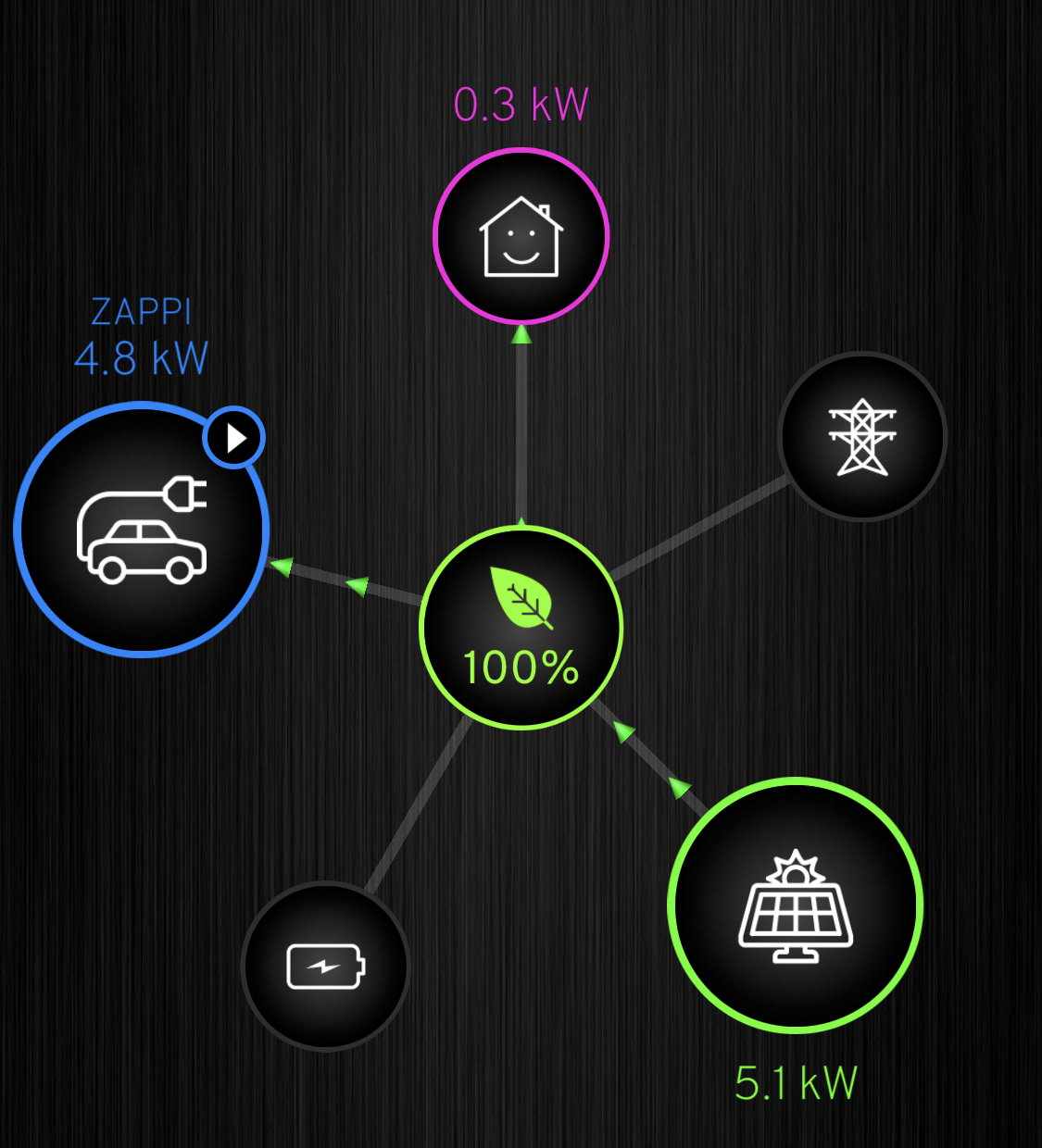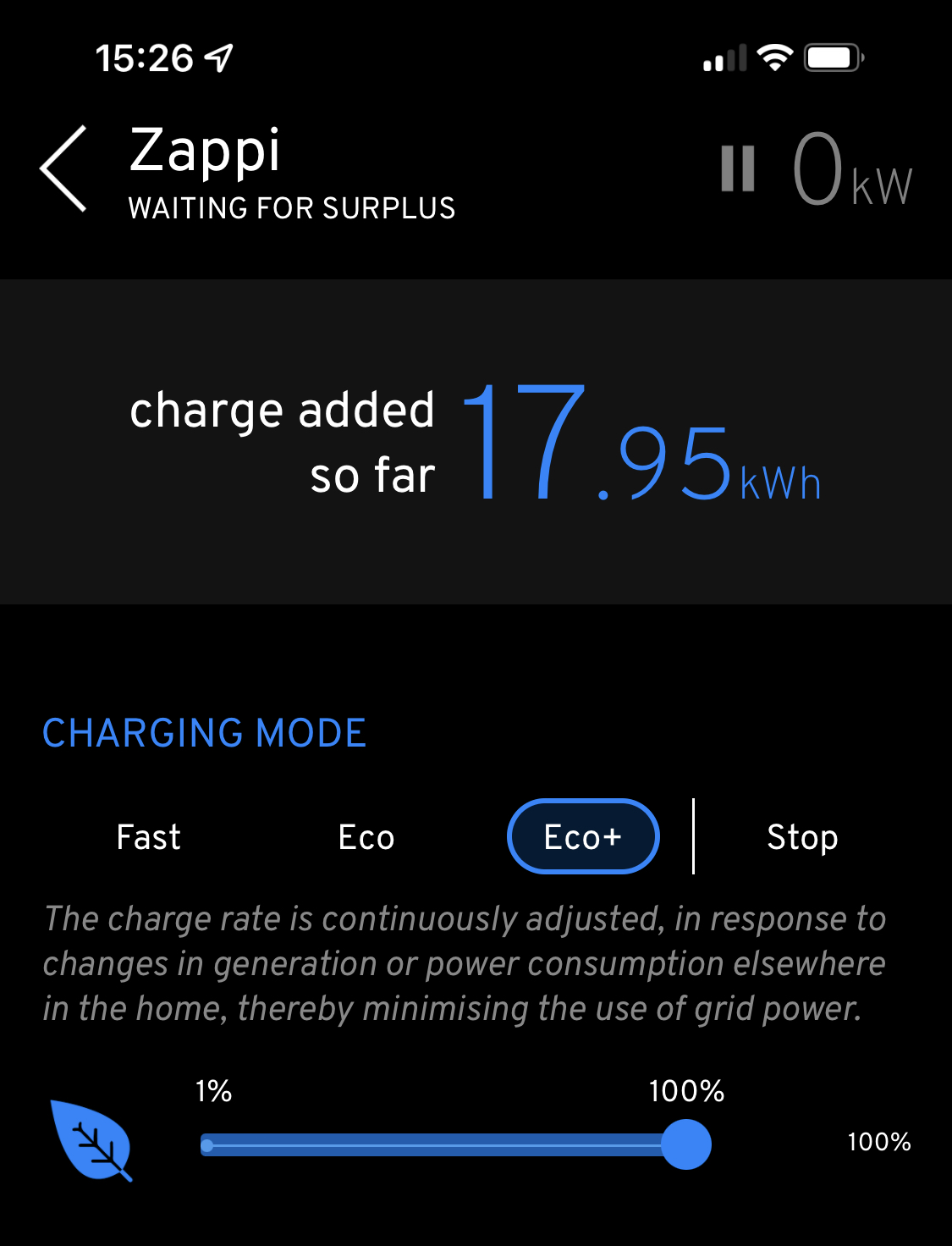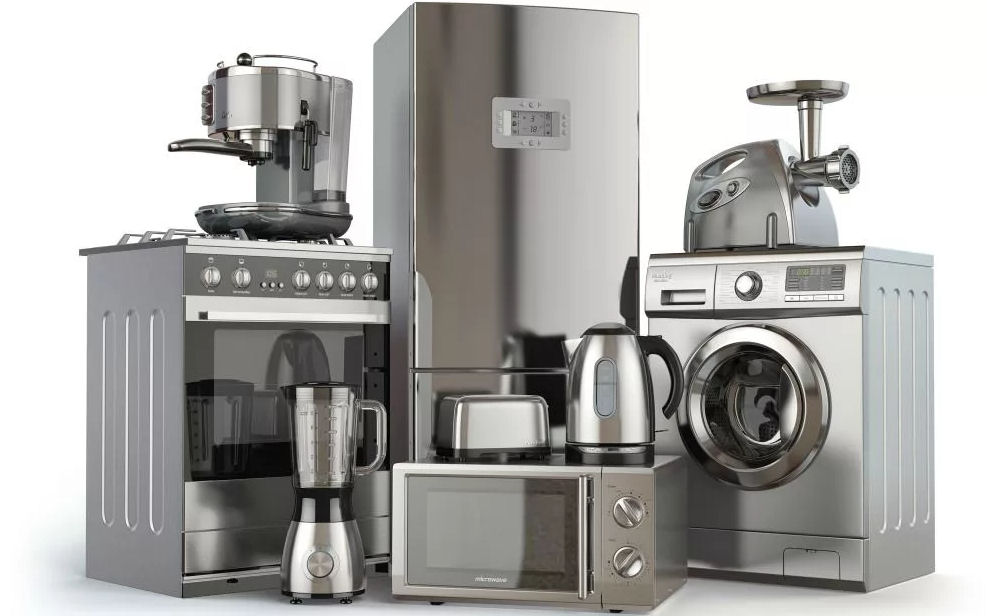Improving Solar Energy Return On Investment

When you request quotations for solar panels and/or battery storage, you should get an estimate of how long it will take to get to a return on your investment (ROI), often called the 'payback period'. The assumption is that you will simply use the solar energy generated (and stored if a battery is included), to replace some of the energy that you currently buy from your energy provider. This typically results in a payback period around 8 to 12 years.
This simple replacement approach has many variables that affect the payback period though, the obvious ones being the price paid, your annual energy usage and your typical daily usage patterns. There are others though, such as the peak output of your solar panels, your location, the orientation of the solar panels, shading on the panels, the technical specification of the other components, etc.
If you actively manage your energy usage, you can increase your ROI and shorten your payback period significantly. I plan to do this by following these energy management principles:
- Minimise the import of energy from the network.
- If you must import energy from the network, do it at the cheapest time/rate possible.
- Export as much excess energy as possible at peak times/rates, when it makes financial sense.
- Use and store as much energy generated by your installation as possible.
- Replace other (more expensive) household costs such as gas, petrol and oil by using free solar electricity instead.
- Find new ways to utilise generated energy, which improve your quality of life, e.g. hot water tank, air-conditioning, hot tub, etc.
- Change your behaviour to increase utilisation of the above.

In order to employ all of these principles, you will need to know how your solar installation works, how it is currently performing and how it is likely to perform in the future. I use apps, tools and APIs to monitor it and measure its performance. I use Solcast forecasts to accurately predict how it will perform in the coming days. This is a big part of my smart home energy management project, which employs these principles and intelligently automates them.
Location & Orientation
Where you live is going to affect your ROI. It's a simple matter of geography and terrain. I live in Suffolk in East Anglia, one of the flattest, driest and sunniest parts of the UK. We get more sunshine than most of the UK, so we generate more electricity over the course of a year.
The orientation of you solar panels also has a big impact on your ROI. Panels should be ideally orientated for maximum energy generation and this orientation calculator shows the impact of sub-optimal orientations.
Solar Panel Sizing
When obtaining quotations for a solar installation, your installer will ask about you current usage and will typically size the system based upon your current energy requirements. The problem with this approach is that it restricts your ability to exploit the energy management principles listed above. More generation capability provides more opportunities and more flexibility to exploit them.
Another reason to install a larger solar array is down to the responsiveness of solar equipment and devices. Things like inverters, battery storage and my Zappi smart EV charger do not respond instantly to changes in generation or loads. This means that there can be a brief 'import spike' as loads increase, unless your solar generation can cover it. These spikes can add up to be a significant part of your energy import.
If you have the roof space and want to have the flexibility to employ more of the above energy management principles, then installing a larger array will give you a bigger return on investment and a shorter payback period. This does assume the other elements of your solar installation are appropriately sized though. It also assumes that your DNO provides G99 approval for the full output capability of the requested system and this should never be assumed.
Another important factor in sizing a solar installation is the 'economies of scale'. There are a number of fixed overheads in any solar installation, including installation costs, scaffolding, certification, approvals, etc. This becomes less significant as the size of the installation increases and will therefore have some impact on the ROI.
Battery Storage
You don't buy a car based on how much petrol you can fit in the tank. Similarly, you should NOT simply buy battery storage based on how big the battery capacity is. You need to understand the concept of 'usable battery capacity', how fast the battery can be charged, the peak power it can deliver, etc. The other key thing to consider is how easy is it to use and control. Does it provide all the features required, to support the above energy management principles?
Having a larger battery will means it will be more likely to be available to store generated energy, when no other options are available. Batteries are relatively expensive though, so a balance is required. I'm particularly excited by the recent developments with phase change batteries. These allow huge amounts of energy to be stored over long time periods.
Planning for power outages will impact the way you do energy management and this will then have an impact on ROI. It depends on how cautious you are.
Technical Limitations
The equipment in your solar installation will come with some technical limitations on what you can do. Ideally, you should be aware of all of these limitations before you sign a contract for your solar installation, so that you can maximise your return on investment.
In many installations, the inverter(s) limit the actual power that can be obtained from your solar panels. This "oversizing" of solar panels versus the inverter is common practice in the industry and it does make sense, up to a point. Your solar panels will spend very little time at their full peak output, if they reach it at all. The sun in the UK is not that strong compared to other parts of the world and the solar panels will spend most of the time not directly facing the sun. The panels are the relatively cheap part of any solar installation, so adding more means you get more power throughout the year, without having to spend more money on the more expensive components.

My own installation is a good example, with 17 × 390W Trina panels, giving a theoretical peak output of 6.63kW. Each panel is connected to an Enphase IQ7A microinverter, which has a continuous power output of 349W. This means the most power I will see coming from my roof will be 17 × 349W = 5.93kW
Battery storage will also have technical limitations. The rate at which a battery can be charged is limited by the electronics and battery technology. My Tesla Powerwall 2 can be charged at a maximum rate of 5kW. A limited charging rate may mean that your battery storage may not be fully charged in a day or in the cheap rate window available at night time. Battery storage also has limits on how much power it can supply. Whilst my Tesla Powerwall 2 can power my whole home during a power outage, it can only sustain loads up to 5kW continuous, with short peaks up to 7.5kW.
Tariffs
There is no one tariff that does it all and works all year round. In the darker months, you will need a tariff that provides a cheap time/rate overnight such as Octopus Go tariff. In the summer months, you will need a tariff that maximises income from intelligently exporting excess energy, such as Octopus Flux tariff.
Minimising Import
Importing energy, means you are using energy from the grid and paying for it. Minimising your import of energy doesn't just mean reducing your energy use. It also means using energy more smartly. Battery storage is the main way to do this, by time-shifting your usage from periods of excess generation, to times when you are generating little or no energy. An obvious example is charging your battery storage during a summer day, to keep your house running during the night, using the stored energy.
During the winter, a different approach is often required. It makes sense to charge you battery storage during periods of cheap rate electricity, so that it can be used during those times when importing energy is expensive. The smartest way to do this though, is to use a Solcast forecast, to accurately predict how much energy needs to be imported and stored, rather than using a simple "fill to 100%" approach. Some contingency will still be required though, especially if you want to ensure your home runs through a unplanned power outage.
Exporting
Exporting to the grid means that the energy you have generated is being sent back into the power network and you may or may not be getting paid for it. How much you get paid depends on the agreement in place with your energy supplier and the tariff in place. It doesn't matter how big your battery is, you will be exporting at some point. Batteries has limited charging rates. For example, my solar panels can generate 6.6kW but my Tesla Powerwall can only charge at 5kW.
The only time you really want to export energy to the grid is when it makes good financial sense. This means you are getting paid more than you would save using it yourself. At these times, you want to export as much as possible and exporting from battery storage may also make financial sense. Sometimes you have no options left to usefully use your spare energy (i.e. batteries are full, EV is fully charged, etc.). At these times, you will just have to export it and get paid the agreed rate.
During the summer months when excess solar energy is more abundant, I aim to be on a tariff such as Octopus Flux tariff or Octopus Agile Export, so that I can actively seek to export excess energy when I can get paid the most for it. These variable rate tariffs are published in advance and can be accessed using an API. They vary based on UK region. With planning it is possible to actively target the optimum time periods and get very well paid for each kWh. During the summer of 2022 prices reached 82p/kWh and were often over 50p/kWh. This approach and the generated income will significantly reduce your payback period. My smart home energy management project aims to automate this process for me.
For example, if we exported our allowed 6.63kW for the 3-hour peak rate period (16:00 to 19:00) of the Octopus Flux tariff at 36.58p/kWh, we would be paid 6.63 × 3 × 0.3658 = £7.28 per day or about £220 per month.
Utilisation
The more ways you have to utilise your free solar energy being generated, the quicker you return on your investment will be. They will not all be available all the time, so having many options to utilise solar energy means you are more likely to have several options available to make best use of it.
Electric Vehicles

My Zappi smart EV charger does an amazing job of using only free solar energy to charge our CUPRA Born. On a day when I generated 25kWh, it managed to put 18kWh into my EV. The one downside with EV charging is that it requires a minimum of 1.4kW, so it is not always a usable option, even if the car is on the drive and plugged in.
Replacing our petrol use with free electricity is our biggest monthly saving (about £180 per month). Once plugged in, the charging of our EV is intelligently managed by my contextual smart home, resulting in a zero touch user experience for myself and my family. We are already considering a second EV and this will improve our ROI even more.
Water Heating

My contextual smart home has a smart immersion heater controller that supports variable control spare energy into our hot water tank. This works well in the summer and means our gas boiler is hardly used at all. In the winter, it allows gas usage to be reduced by heating our hot water tank in the afternoon, if there is enough sunshine.
I can also use cheap electricity (7.5p/kWh) when we are on the Octopus Go tariff, between 03:00 and 04:30 to heat the hot water tank. This avoids using more expensive gas (10.31p/kWh) a few hours later. Gas is also a less efficient way to heat the water tank.
Space Heating

Using spare electricity for space heating will directly reduce our spend on gas and also improve our quality of life. We already have smart electric towel rails which have electric heating elements. I also plan to add smart electric heaters to our main living area, to enable us to heat this part of our home and avoid using the gas-powered central heating.

My smart oil heater project is another way to use free power to reduce our gas bill.
Climate Control
We plan to put a split air conditioning system in our main living space and main bedroom. We also plan to install air conditioning in our revampled conservatory. The main reason for this is simply to improve our and make the hottest of summer days more bearable. This use cases aligns perfectly with our peak generation capability, meaning we can run it using only free/cheap solar energy.
These systems can also be used for heating and in the autumn and early spring are a way to avoid using our gas central heating.
Hot Tub
We plan to install a hot tub in the near future. Our plan is that it will keep us cool on the hottest of summer days and we can use excess solar energy to run the pumps and also heat the water. This use cases also aligns perfectly with our peak generation capability.
Smart Appliances

I've got a large number of smart appliances and devices under the control of my contextual smart home and I'm looking at how each of these can work as part of my smart energy management.
Changing Behaviour
The ROI in your quotations is based on your existing energy usage and energy usage patterns. Once you solar installation is complete, you can change your behaviour to significantly improve your ROI and reduce the payback period. A simple example of this is time-shifting the most use of appliances to make use of free excess solar energy that would otherwise be exported at a poor rate, e.g. put the washing machine on when it is nice and sunny outside.
My wife works quite close to where we live but, parking at her workplace is challenging. A simple change in behaviour, where I take her to work in our EV means that it is now sitting on the drive for the day and is now another option to utilise the free solar energy we are generating. We also save by not having to pay to park her car at work.
We will often delay our baking until sun comes out. This means that the 2.7kW our oven requires is easily covered and I have plenty spare to run the rest of the house and be used for other things. I avoid the peak time periods in the day though (09:00 - 11:00 and 16:30 - 18:30), so that I can prioritise export then. The same approach is used with our washing machine.

It is all very well having my contextual smart home make really smart decisions but, myself and my family can make decisions that will have an impact on our energy management strategy. One thing my smart home can do is help us make better decisions and change our behaviour positively. I have developed an 'energy dashboard' on a display in our kitchen. My energy dashboard project describes this in a lot more detail. This also makes recommendations on when it is best to use particular appliances and aims to avoid several being used at once.
Smart Home
Much of what has been mentioned so far is done for me by my contextual smart home. It does the intelligent energy management for me based on whole home context, so that it is a zero touch user experience.
I've been doing smart home research and development since 2005 and I'm aware of the numerous benefits that they provide but, there has never really been one 'killer app' that everyone recognises as justification for living in a smart home. Is smart energy management that killer app? It might just be.
If you found this page useful you can buy me a coffee. This helps me maintain this website and add more content.
Further Reading
My Features
My Projects
- Smart home solar energy project
- Smart home energy management project
- Smart home energy modelling project
- Tesla Backup Gateway smart home integration project
- Energy data analysis & savings for 2022




